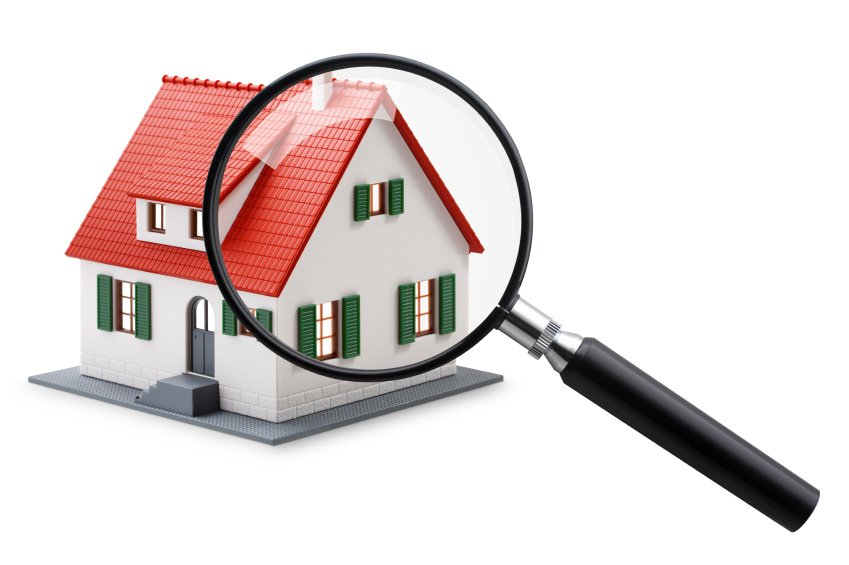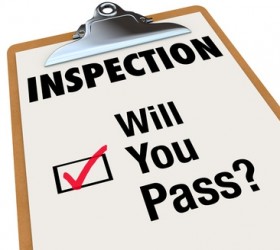

With all the many things you have to think about when selling your Ucluelet home, a surprise home inspection should not have to be one of them.
Making sure that your home is in tip-top shape prior to accepting an offer may seem obvious, but many sellers may over-look one aspect of another of the inspection, which can hinder or even terminate a sale. We can tell you from our 20+ years of experience that the Home Inspection is where many Real Estate sales fall-through, and we want to help you easily prepare for this eventuality well in advance by following this simple guide.
When selling your home, an inspection is typically done after the buyer has made an offer and you, the seller, has accepted the offer. This is called a "Home Inspection Contingency" in Real Estate terminology, and it can be one of the biggest hurdles to getting your home sold quickly.
This agreement gives the buyer an "out" if there are any structural or mechanical defects in the home. So if you have not foreseen any issues that might arise during the inspection, you may be putting yourself in a position to forfeit a timely sale. By preparing for the Home Inspection well in advance, you are going to be saving yourself from the possibility of the buyer asking you to fix a long list of issues or provide a credit to deal with the issues before the sale can go through.
There are several common defects that the inspector often finds that you, the home owner, might not see, especially if you've been living in your home for a long time. It is common to get used to things just being the way they are when you've been in one place for a long while, which is why we want you to be aware of all the aspects of Home Inspection prior to selling your home.
 Step #1 - Make sure the inspector can easily do his job
Step #1 - Make sure the inspector can easily do his jobTo make sure the inspection goes smoothly, be sure that the inspector can easily access all areas of your home. This means that you should de-clutter all entrances and make sure that all the electrical and plumbing fixtures are approachable. This includes not only every room in your house, but also the basement, the attic and all around the exterior of your home.
This is a home buyers top concern: the possibility of a water issue in their new home. Many times it is not a major issue which caused a stain on the ceiling or around the window or door, such as a toilet over-flowing, a window left open during a storm or the shower curtain being left outside the shower, but explaining that to a potential home buyer won't be enough. You're still going to have to prove it with a potentially time consuming and costly inspection by a licensed plumber.
You will of course want to ensure that there are in fact no real issues causing the stain, and be sure that it is not visible to the buyer or the inspector prior to viewing.
If there are any electrical improvements you have done on your home without an electrician, we highly suggest you have a licensed electrician check them out prior to the Home Inspection. If the work is not up to code, even on just one small renovation, the buyer may not be confident with the electrical framework for the rest of the home, which again could be a costly and time-consuming ordeal.
Another main concern is a lack of GFI outlets (Ground Fault Interruptor) in the kitchen or bathroom. These outlets are designed to prevent electrocution in areas where they could come in contact with water, and so being aware of the need for up-to-code outlets in these areas is a major plus.
Building codes have changed over the years, so be prudent when checking the exhaust of your bathroom and kitchen fans. In the past, some kinds of bathroom fans just ventilated the moist air into the attic, which is a certain recipe for mold growth. Many times home inspectors find mold in the attic that the home owner was not previously aware of. Our words of advice are to get up in the attic and check for mold before selling your home so that you can rest assured that there will be no musty surprises!
Seeing as how we are living in a rather moist environment here on the West Coast of Canada, it is imperative to be certain that any wood outside of your home has been properly protected. If you have waited too long to paint the exterior of your home, there is a good chance that some rotting may have happened. The most common places for wood rot to occur are the external trim, window trim and areas around decks.
While wood rot can happen on any home, there was a trend of finger-jointed wood work in the 80's which is much more susceptible to this deterioration, so be extra mindful if your home was built before 1990.
These are the kinds of things that home owners may just "get used to" over time, but are easily fixed if they are attended to prior to Home Inspection. Some of the more common defects are leaky faucets, loose toilets or slow flowing drains.
Some other issues an inspector might come up upon are leaky valves on water heaters or boilers, so be sure to do a thorough inspection of all plumbing mechanics and get these simple fixes done prior to inspection.
The way to know if your window seals are working properly is by checking for any fogging on windows. If the thermal seal between the panes of glass is not properly sealed, there will be moisture exchanged creating the fogging effect. Again this is more common in older homes. Most newer homes are built with double paned glass, which significantly reduces the possibility of a broken window seal.
More often than not, a defect in the chimney will be located on the top of the house, due to being exposed to the elements. So if your home has a chimney, be sure to check the mortar for cracks. A bigger issue would be finding cracks in the bottom of the chimney that run upwards. If you do find such cracks, this may mean a structural issue which can be unsafe. Please do hire a professional to check it out rather than just repairing the surface.
It is quite common for the Home Inspector to show up earlier than the agreed upon time. This is to have a chance to survey the grounds prior to entering your home. So to put your mind at ease on the day of inspection, here are a few quick tips to help you prepare your home for ease of inspection well before the inspector shows up:
Above all, be upfront about any defects you have come across in your home. Do not try to conceal them as this will throw up a major red flag. The last thing you want is for the inspector or buyer to think that you are being dishonest. If you are forthright with the buyer, you will have more clout when the Home Inspection negotiation process begins.
Hopefully you will feel comfortable with the inspection aspect of the selling process, and if you have any further questions, please feel free to Contact Us.
Also, the CMHC has prepared this handy check list for Home Inspection to help you keep track of all the areas in your home that you have examined.